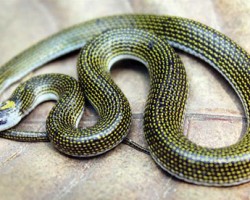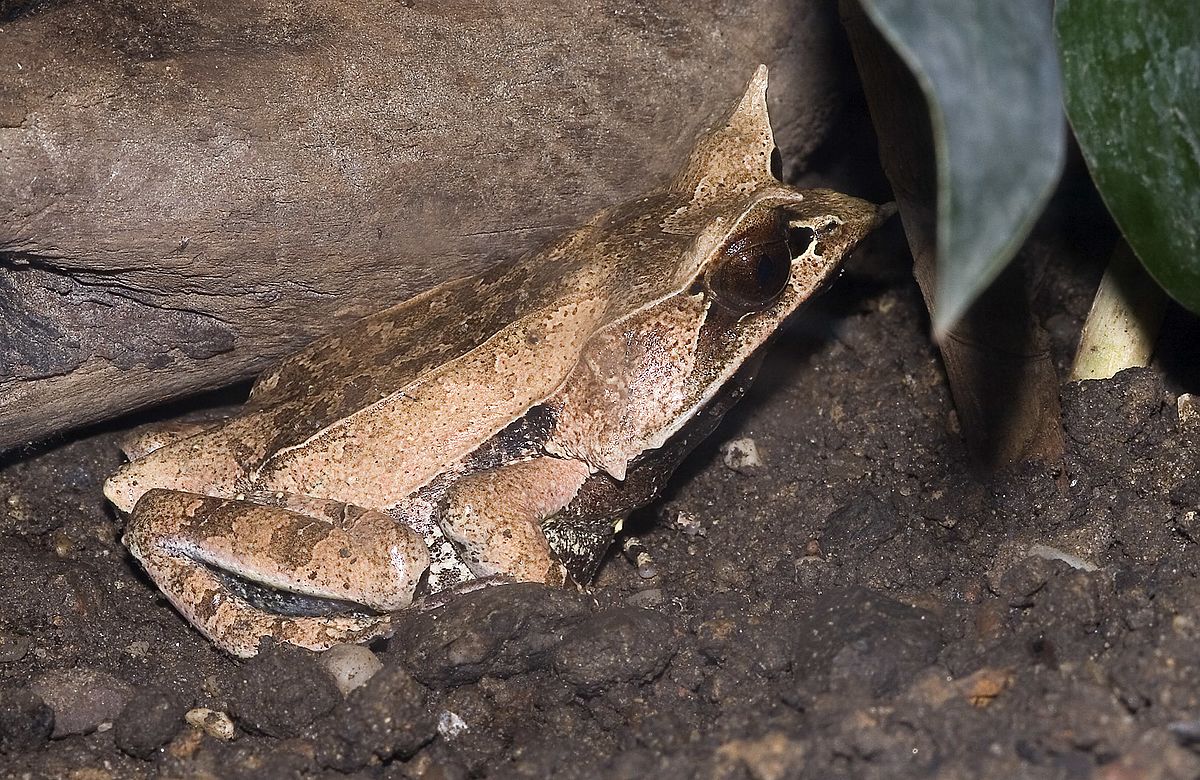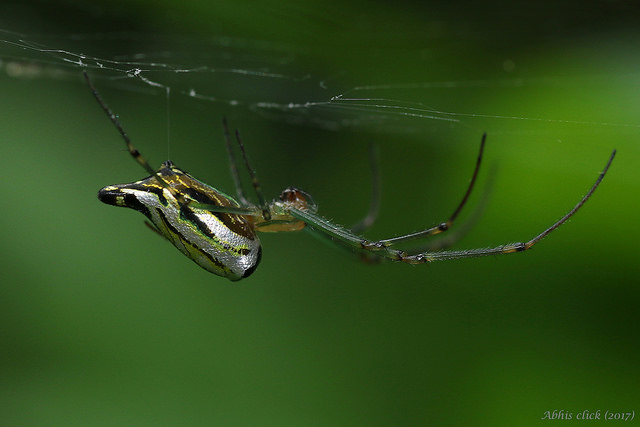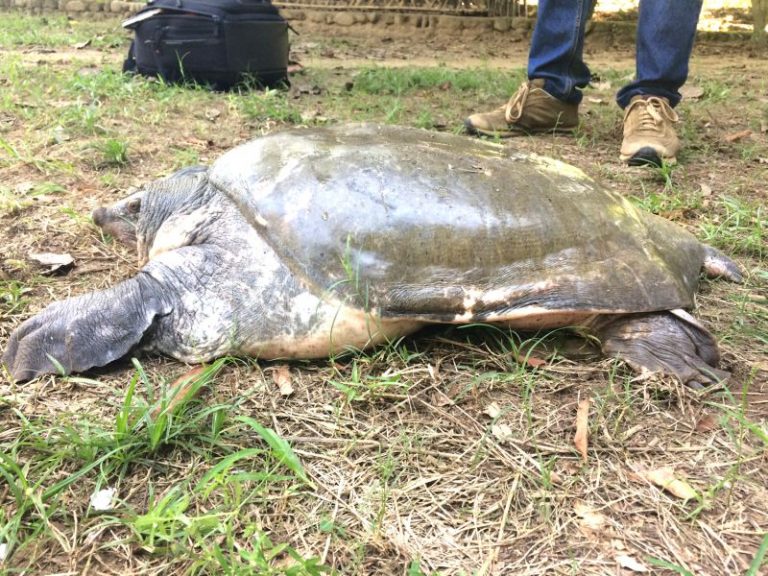India gets a new species of snake and the state of Odisha lends its name to this new snake! In a delightful news for snake lovers across the world a wolf snake found in India’s eastern state of Odisha (Orissa, formerly) has added to the growing list of new species discovery. The snake has been given the name Lycodon odishii after its place of discovery. The discovery was by herpetologists and snake lovers working in the state, thereby bringing the total number of snake species found in the country to 297.
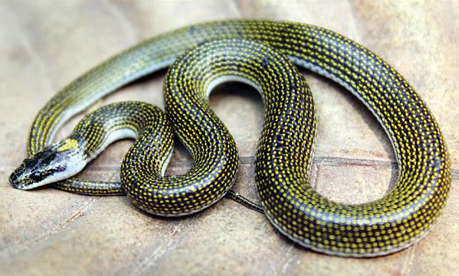 Image courtesy orrissadiary
Image courtesy orrissadiary
The findings were published in a research paper in the latest issue of the Russian Journal of Herpetology.
Similar but different
The newly discovered species, called ‘Subhendhu’s wolf snake’ in common parlance after the name of the researcher who found it, bears a lot of similarities to another species, Lycodon jara, belonging to the same genus. Earlier it was mistaken to be a juvenile Lycodon jara but researchers confirmed that it was in fact a different species.
The green-coloured snake has a bright yellow collar on its neck and twin spots on each scale (which looks like a yellow and black pattern) except the collar and grows to about 350mm. The new snake differs from Lycodon jara in that it has a distinct collar and is smaller in size. Earlier it was believed that as the juvenile Jara grew, the collar disappeared. But the sustained studies by a team of herpetologists over 18months helped them arrive at the conclusion that this was a new species altogether.
“For over 218 years, scientists from across the world were identifying the snake with juveniles of Lycodon Jara. Several attempts to differentiate the snake were made in the past, but proved unsuccessful due to lack of proper documentation. We worked for a year and a half and finally concluded that this was a new species,” said the research paper’s author Subhendu Mallik, who is also secretary of Snake Helpline, a voluntary organization working for the rescue and rehabilitation of snakes.
The snake was found in 2013 in Behrampur in Ganjam District by volunteers of snake helpline.
“The female snake had a collar. That struck us because how could an adult Jara have a collar. We started our research on the species,” said Mallik. A thorough examination of the specimen proved distinct morphological differences of at least 12 characters, he added.
The results were corroborated by noted herpetologist Siba Prasad Parida, who was also a member of the team that submitted the report.
“Although strikingly similar to the other species, Lycodon odishii is much smaller and has a yellow collar which the Lycodon jara lacks,” said Parida
In the research paper submitted, the team described the distinguishing features of the species,Lycodon odishii (a nocturnal non-venomous species that feeds on skinks and geckos) that clearly set it apart.
Here are some of the characteristics found,
- The collar of newborn of the species is white. It is white with yellow blotches on the upper side in juveniles and adults.
- The snout of the lycodon odishii is projected beyond the lower jaw as compared to not beyond in L. jara.
- The post-oculars in L. odishii are one or two as against 2 always in L. jara.
- Twin spots are present on each scale of the body except the 6 – 7 rows of scales in the collar region as compared to each scale in L. jara.
- The color of twin spots is white in hatchlings and yellow in adults in the new species.
- The yellow tinges on the head shields are much less as compared to L. jara in the adults of the new species.
The research paper was submitted by a team comprising of Subhendu Mallik, Siba Prasad Parida, Ashis Kumar Mohanty, Asutosh Mallik, Kamal Lochan Purohit, Siddhartha Mohanty, Shakti Nanda, Sadhwi Sindura, Swetashree Purohit, Anuja Tarini Mishra, and Sujata Sahoo
Lycodon is a genus of colubrid snakes, commonly known as wolf snakes. The name Lycodon means wolf and teeth, referring to the fang-like exterior maxillary and mandibular teeth. Most snakes belonging to the species are not threatened.
More Related Stories,
The Wild Wisdom Quiz Book Review
Olive Ridley Turtle Gets Help From Locals in Protecting Eggs

